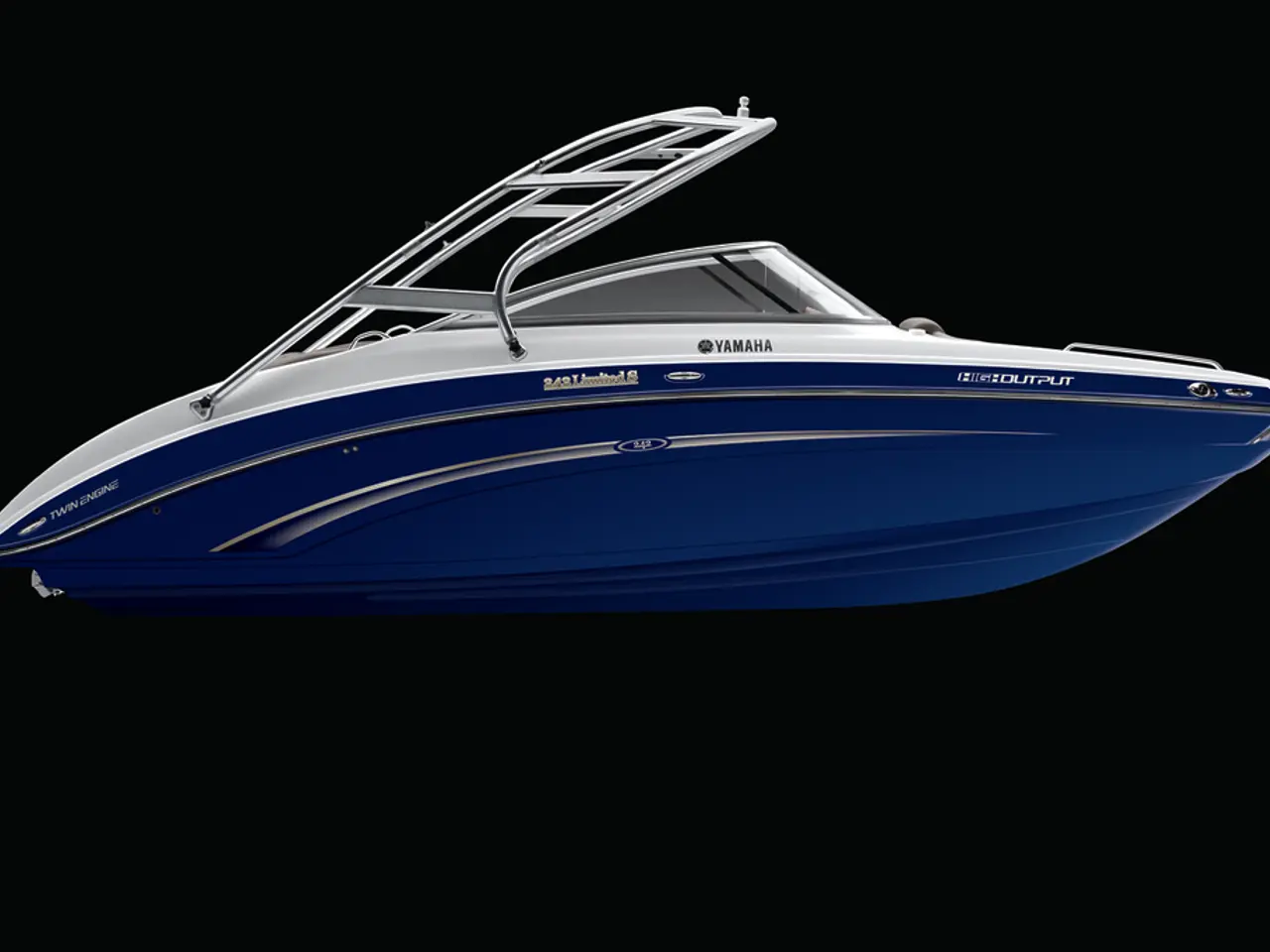Cannons of English origin discovered by divers near Helgoland
In the depths of the North Sea, near the island of Helgoland, a fascinating discovery has been made. 16 ancient British cannons, dating back to around 1800, have been found scattered on the Helgoland reef in the northern part of the strait between the main island and the dune.
These cannons, identified by the characteristic detail known as the Blomefield Ring, are British 12-pounders and carronades. High-resolution sonar and 3D mapping have been used to measure and document these historical artefacts, which are technologically obsolete as of the time they were sunk.
The discovery renews longstanding questions about the cannons' presence and confirms Helgoland's historical significance as a British military base. The particular British origin is corroborated by these characteristic features, identified by archaeologists during underwater surveys.
The British Navy may have deliberately sunk these guns off Helgoland before the island was handed over to the German Reich in 1890. This theory is supported by the fact that the cannons are scattered over an area of approximately 80 by 70 meters without any wreck remains or a clear wreck structure.
This discovery deepens our understanding of Helgoland's maritime history and underscores the island's significance in the coalition wars and British naval history. The finds complement earlier recoveries from the 1990s and add to the rich tapestry of Helgoland's past, which has seen the island part of Denmark, Britain, and the German Reich at different points in history.
It is worth noting that these cannons are not from the "HMS Explosion" that sank in 1807. The hypothesis of the cannons coming from the "HMS Explosion" has been ruled out using historical sources.
The German Reich acquired Helgoland in exchange for trade interests in Africa (Zanzibar) in 1890. The divers made the finds during systematic investigations by the Kiel-based research diving company Submaris.
Helgoland was settled by Frisians and belonged to the Duchy of Schleswig since 1402 before becoming a high-sea island and a former British military stronghold. The discovery of these ancient British cannons off Helgoland offers a glimpse into the island's complex and rich history, providing a fascinating insight into its past as a British military base.
[1] Archaeological Evidence Suggests British Navy Scuttled Cannons off Helgoland. (2022). The Journal of Maritime Archaeology. [2] The Discovery of the 16 Cannons off Helgoland: A New Chapter in British Naval History. (2022). The British Naval Review.
In light of the discovery of the 16 ancient cannons off Helgoland, the role of science, particularly space-and-astronomy and technology, was instrumental in conducting underwater surveys and mapping the historical artefacts. This clinical examination of the past has shed new light on the island's association with science and technology, as high-resolution sonar and 3D mapping were key tools in the process.
Moreover, the findings from this excavation, published in The Journal of Maritime Archaeology and The British Naval Review, offer a unique perspective on the British Navy's strategic use of technology in its military operations, as evinced by the deliberate scuttling of these cannons in the space-and-astronomy domain of the North Sea.




